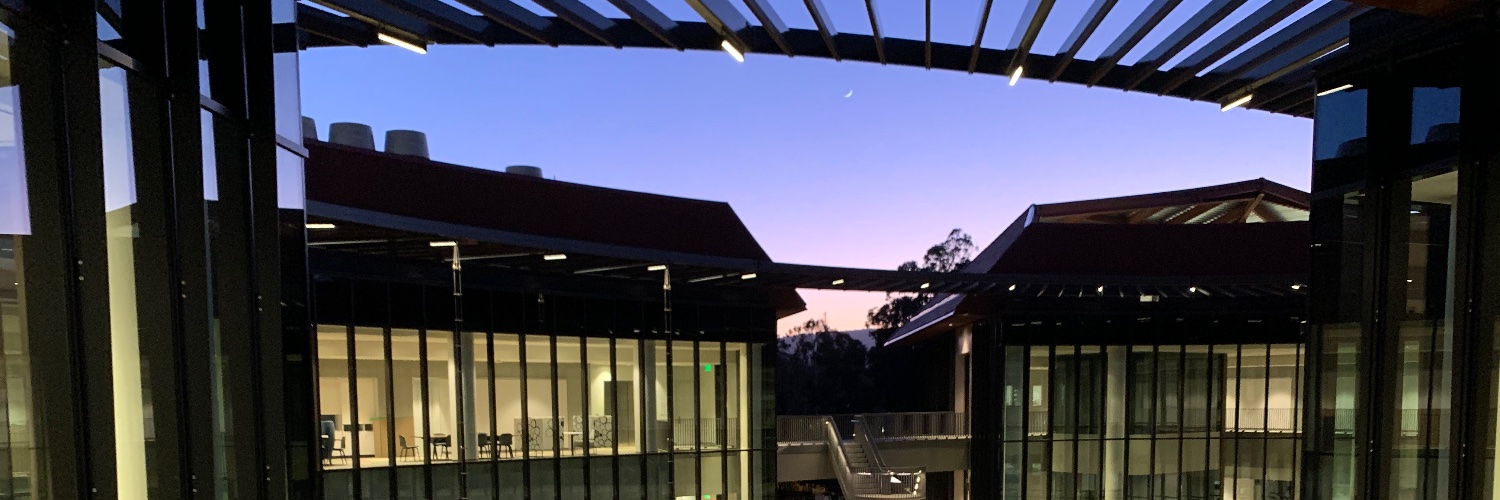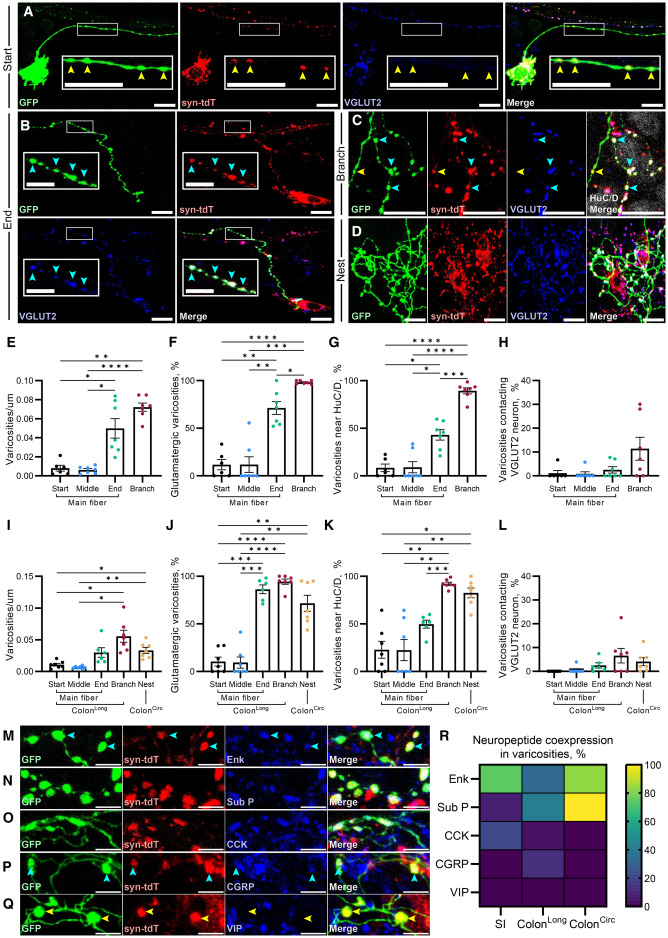
Kaltschmidt-Lab
@kaltschmidt_lab
Kaltschmidt Lab, Dept. of Neurosurgery, Stanford University. Research in spinal cord and ENS circuitry. Maintained by lab members. Retweets =/= endorsements!
🚨Fascinating study⏩Engrafted #NitrergicNeurons derived from #hPSCs improve Gut dysmotility‼️ @Nature🆕🔥 📢Human pluripotent stem cells-derived #ENS platform for #therapeutic development targeting GI motility disorders #EntericNeuropathies #DGBIs👏 @homamajd @FaranakFattahi…
Also read a Preview of this work by Emily Alway and Diego Bohórquez: Great minds think alike: Glutamatergic signaling in the second brain cell.com/neuron/abstrac… 2/2
New issue is out: cell.com/neuron/current The cover illustrates work by Hamnett, Bendrick, & coll. on enteric glutamatergic interneurons in intestinal motility, that you can read about here: cell.com/neuron/fulltex… Art by Zinnia Saha 1/2
Tomorrow, we have Laura Gwilliams @GwilliamsL on From Our Neurons to Yours! She is an assistant professor of psychology and a faculty scholar at Wu Tsai Neuro and Stanford Data Science. Her research focuses on understanding how the human brain processes speech and language.
A great reminder that the more we learn, the more the brain continues to surprise us! Thanks to @ZucheroLab (@StanfordNsurg) for a great conversation!
Ben Barres believed glial cells were more than brain “glue”—and he was right. In our 50th episode, Brad Zuchero @ZucheroLab discusses the rapidly expanding world of glia research, from their role in brain development to neurodegeneration. Listen now: neuroscience.stanford.edu/news/what-othe…
Cover art designed by incredibly talented Zinnia Saha! Super excited and proud! cell.com/neuron/current…
Check out our new preprint by the amazing Mona Khalaj et al!
Can you do high-throughput functional screens directly on patient-derived macrophages? We did it for glioblastoma (GBM)! Thrilled to finally share our latest work from the Weissman and Fattahi labs, now on bioRxiv: biorxiv.org/content/10.110…
Stanford Med researchers describe the gut-brain relationship and how it affects conditions from anxiety to long COVID to Parkinson’s. @kaltschmidt_lab have designed 3D-printed synthetic mouse fecal pellets to quantify the gut's ability to move matter. scopeblog.stanford.edu/2025/03/06/gut…
Lab’s latest: (mouse) mums grow their guts during pregnancy and lactation: cell.com/cell/fulltext/…
Congratulations to winners of The Brain Prize 2025! Professors @michelle_monje, @StanfordMed and @HHMINEWS Investigator, and Frank Winkler, Heidelberg University Hospital, have pioneered the field of Cancer Neuroscience. They have revealed a profound connection between cancer and…
🎙️ From Our Neurons to Yours is back! In our season opener, Erin Gibson @ErinMGibson discusses the connection between circadian rhythms and neurodegeneration. Do sleep disruptions contribute to Alzheimer's disease, or are they an early sign? Listen now: neuroscience.stanford.edu/news/does-good…
Exciting paper on sensory neurons in the gut: Synaptic cell adhesion molecule Cdh6 identifies a class of sensory neurons with novel functions in colonic motility Congratulations to all authors! Honor to collaborate with @nickjspencer1 @HuguenardLab. doi.org/10.7554/eLife.…
🧫Looking for a PhD to start Autumn 2025? We're recruiting! 🧪 The project will focus on using #embryomodels to explore #development & could cover a range of specific questions. Please RT! 🙏 Apply via the portal, and get more details here: crick.ac.uk/careers-study/…
Congratulations to Wu Tsai Neuro Faculty Scholar Guosong Hong (@HongNeuroTech) on receiving a 2025 Vilcek Prize for Creative Promise in Biomedical Science! His pioneering work in deep-tissue imaging is transforming the field. Learn more: vilcek.org/news/transpare…
Something in the Way Mice Lick: Revealing the Secrets of Brain Reward Circuits growkudos.com/publications/1… a través de @growkudos
So excited about this paper! Congratulations to all authors! Enteric glutamatergic interneurons regulate intestinal motility: Neuron cell.com/neuron/fulltex…

We are looking for talented postdocs to join our team at @StanfordBrain @StanfordMed @StanfordNsurg! Join us to develop single cell sequencing- and imaging-based genomic tools to understand the cell communication across space and time! Please share with anyone interested!!
What's next for non-invasive brain stimulation? While some methods—like TMS, EEG, and ultrasound—are already in clinical use, Wu Tsai Neuro researchers are finding new ways to study and treat the brain without implants or drilling through the skull. neuroscience.stanford.edu/news/breaking-…
Building on the growing success of the @CSHL meeting on 3D models and human brain development, I’m thrilled to announce an exciting new conference this December 2025: Assembloids and Complex Cell-Cell Interactions across Tissues and Organs. It’s an honor to co-organize this…
Internship position for summer '25!🚨 My lab @calico seeks outstanding BS students who'll help us push the boundaries of neuroscience & aging research. Learn to use unique tools to manipulate the 🧠’s immune system & find new ways to fight brain aging tinyurl.com/hhwk9hsd 1/🧵